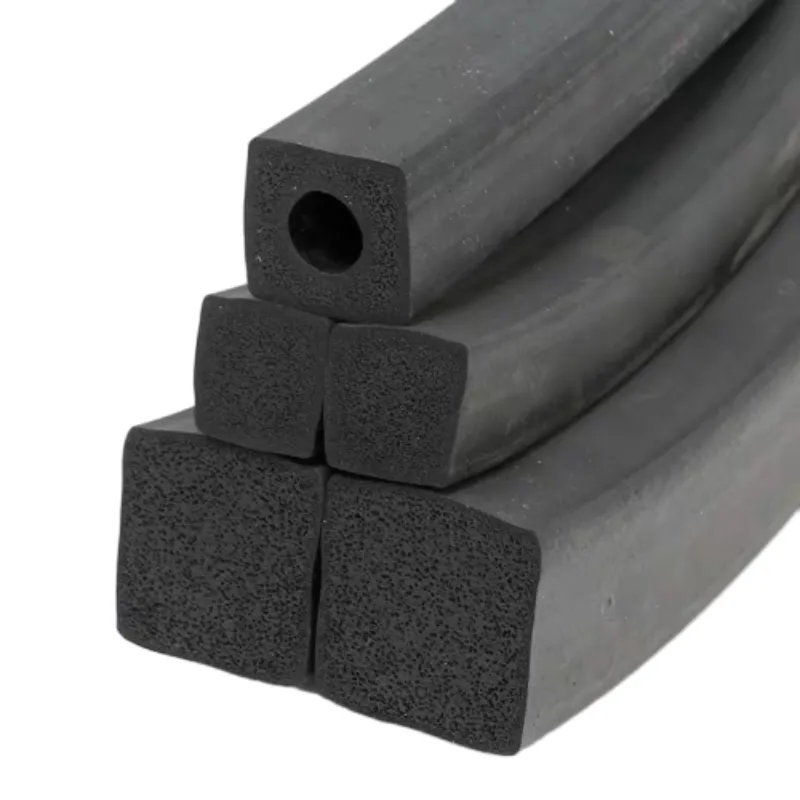automotive window weather stripping
Automotive Window Weather Stripping The Unsung Hero of Vehicle Comfort
When we think of vehicle comfort and performance, our minds often drift to the engine’s horsepower, the sleek design, or the latest technological features. However, one essential component that plays a pivotal role in both comfort and functionality often goes overlooked automotive window weather stripping. This seemingly humble piece of rubber or foam is crucial for several reasons, ranging from noise reduction to energy efficiency.
Understanding Weather Stripping
Weather stripping refers to the material used to seal the gaps around vehicle windows and doors. It acts as a barrier against environmental elements, preventing wind, rain, and dust from entering the vehicle's interior. Made from various materials including rubber, silicone, and foam, weather stripping is designed to last and withstand different weather conditions, from scorching heat to freezing cold.
The Importance of Weather Stripping
1. Noise Reduction One of the primary functions of automotive window weather stripping is to minimize noise from the outside world. Without effective sealing, road noise, wind, and other external sounds can infiltrate the cabin, leading to an uncomfortable driving experience. Quality weather stripping helps create a quieter environment, allowing drivers and passengers to enjoy their ride more fully.
2. Climate Control Weather stripping also plays a significant role in maintaining the vehicle's internal temperature. When windows and doors are properly sealed, it becomes much easier to regulate the cabin temperature. This efficiency translates to the air conditioning and heating systems working less hard to maintain comfort, enhancing fuel economy and reducing wear on these components.
3. Dust and Debris Prevention Another critical function of weather stripping is protecting the interior of a vehicle from dust, pollen, and debris. Without a proper seal, even minor gusts of wind can introduce unwanted particles into the cabin, affecting air quality and potentially aggravating allergies. Weather stripping serves as the first line of defense against these irritants.
automotive window weather stripping

4. Water Intrusion Prevention Automotive window weather stripping is crucial for preventing water leaks. If the sealing around windows is compromised, rainwater can easily infiltrate the vehicle, leading to mildew, rust, and extensive damage to upholstery and electrical components. Maintaining effective weather stripping is essential for the longevity of a vehicle and is particularly important in regions prone to heavy rainfall.
5. Enhanced Security Beyond comfort, weather stripping also contributes to vehicle security. A good seal around windows can deter theft by making it harder to pry open a window or door. This simple addition to vehicle design helps keep both occupants and belongings secure.
Maintenance and Replacement
Weather stripping is not impervious to wear and tear. Over time, exposure to UV rays, extreme temperatures, and regular usage can cause it to degrade, crack, or become detached. Regular inspection is vital to ensure that the weather stripping remains effective. Signs of wear may include increased noise levels, draftiness inside the vehicle, visible cracks, or water stains around windows.
When replacement is necessary, car owners should opt for high-quality weather stripping that matches their vehicle's specifications. Professional installation ensures a proper fit, but many DIY enthusiasts can also manage this task with some careful effort.
Conclusion
In the grand scheme of automotive engineering, window weather stripping is often an overlooked component. Yet, its importance cannot be overstated. By providing noise reduction, climate control, dust prevention, water resistance, and enhanced security, weather stripping significantly contributes to a vehicle's overall performance and comfort. So next time you enjoy a quiet drive or feel a comfortable breeze while cruising down the road, take a moment to appreciate the unsung hero of your car its window weather stripping.
-
Under Door Draught Stopper: Essential ProtectionNewsJul.31,2025
-
Garage Door Seal and Weatherstrips for ProtectionNewsJul.31,2025
-
Edge Banding Tape for Perfect EdgesNewsJul.31,2025
-
Table Corner Guards and Wall Corner ProtectorsNewsJul.31,2025
-
Stair Nose Edging Trim and Tile Stair SolutionsNewsJul.31,2025
-
Truck Bed Rubber Mats for Pickup BedsNewsJul.31,2025
-
Window Weather Stripping for Noise ReductionNewsJul.29,2025